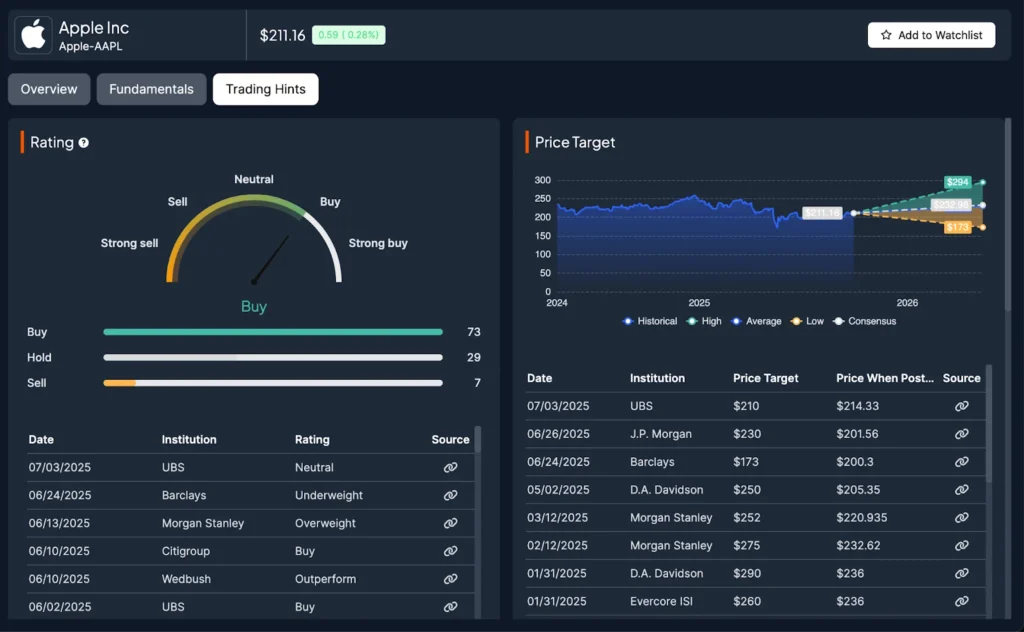ERP and Small Businesses: Tailoring Solutions for the SME Sector

Introduction
Small and medium-sized enterprises (SMEs) consistently face the challenge of managing their resources efficiently while striving for growth and innovation. Enterprise Resource Planning (ERP) systems, once perceived as a luxury only large corporations could afford, have become increasingly vital for SMEs. These systems offer a comprehensive solution for integrating various business functions, leading to improved efficiency, decision-making, and overall productivity. The key, however, lies in customizing these solutions to meet the unique demands and constraints of smaller businesses.
Understanding the ERP Needs of Small Businesses
Small businesses often operate with limited budgets, fewer staff, and a need for swift returns on investment. Unlike larger corporations, SMEs require ERP systems that are cost-effective, easy to implement, and user-friendly. The ERP solution for a small business should be a tool that simplifies operations, not a complex system that demands extensive technical expertise.
Benefits of ERP for Small Businesses
- Efficiency and Productivity: One of the most significant advantages of ERP systems is the automation of routine tasks. This automation leads to a reduction in manual errors and a faster turnaround in business processes such as order processing, invoicing, and report generation.
- Informed Decision-Making: ERP systems provide a unified platform for data from various business functions, offering real-time insights and analytics. This integrated data approach enables SMEs to make more informed decisions, track performance metrics, and respond quickly to market changes.
- Scalability: As businesses grow, their processes and operations become more complex. An ERP system designed for SMEs should be able to scale with this growth, accommodating new users, departments, and functionalities without a significant overhaul.
- Cost Reduction: Through streamlined processes and improved operational efficiency, ERP systems help in reducing operational costs. While the initial investment might seem substantial, the long-term savings and ROI can be significant for a small business.
Discover the transformative impact of incorporating time clock software in your organization.
Choosing the Right ERP Solution
The selection of an ERP system is a critical decision for SMEs and should be made with careful consideration of several factors. Firstly, the chosen ERP system should not only meet the current needs of the business but also have the potential to grow with it. Customizability is key in ensuring the software can adapt to the unique workflows and processes of the business.
Secondly SMEs typically do not have large IT departments. Therefore, the ERP system should be intuitive and straightforward, with a user-friendly interface and minimal training requirements.
Thirdly, the ERP should be cost-effective. Given the budget constraints of small businesses, the ERP solution must provide a balance between cost and functionality. This balance means assessing not just the initial purchase price but also the total cost of ownership, including implementation, customization, training, and maintenance.
And finally, the ERP vendor’s reputation and support services are vital. Good vendor support can ease the implementation process and provide essential assistance post-implementation. An active user community is also beneficial for sharing best practices and solutions to common challenges.
Implementation Strategy for Small Businesses
Implementing an ERP system in a small business environment is a delicate process that requires a well-thought-out strategy:
- Needs Analysis and ERP Selection: The process begins with a comprehensive analysis of the business’s current processes and future requirements. This analysis forms the basis for selecting an ERP system that aligns with the business’s goals and operational needs.
- Phased Implementation: A phased approach to implementation allows for gradual integration of the ERP system into the business. This approach reduces the risk of operational disruption and allows staff to adapt to the system in stages.
- Employee Training and Engagement: The success of an ERP implementation heavily depends on the users’ ability to effectively utilize the system. Comprehensive training programs and active engagement with employees can facilitate a smoother transition and higher adoption rates.
- Data Management and Migration: Migrating data from existing systems to the new ERP system is a critical step. Ensuring the accuracy, security, and integrity of this data is paramount to prevent any loss of information or operational hiccups.
- Testing and Feedback: Before fully deploying the ERP system, extensive testing is necessary to identify and address any issues. Encouraging user feedback during this phase can provide valuable insights and help fine-tune the system to better suit the business’s needs.
Enhance your data scraping skills with our guide on ‘How To Scrape Data From Social Media.‘ Explore techniques, tools, and best practices in our in-depth tutorial
Overcoming Challenges in ERP Implementation for SMEs
While ERP systems offer numerous benefits, their implementation is not without challenges. Small businesses often operate with tight budgets and limited human resources. Efficiently managing these resources during ERP implementation is crucial to avoid overextension and ensure a smooth transition.
Resistance to change is also a common hurdle in small organizations. Effective change management strategies, including clear communication and demonstrating the benefits of the ERP system, can help in mitigating this resistance.
Another challenge is striking the right balance between customization and standardization is vital. Excessive customization can lead to increased costs and complexities, while insufficient customization might result in a system that doesn’t fully address the business’s specific needs. For example, a common customisation for manufacturing organisations is to implement a manufacturing analytics tool to track machine downtime. This is an essential customisation as it maximises profits, but ensuring it doesn’t impact how the system functions is crucial.
The Future of ERP in the SME Sector
The future of ERP solutions in the SME sector is shaping up to be more adaptable, affordable, and accessible. Cloud-based ERP solutions are gaining popularity due to their lower upfront costs, scalability, and ease of maintenance. Integration of emerging technologies such as AI and machine learning is offering advanced analytics and smarter business insights. Additionally, mobile ERP applications are increasing in demand, providing greater flexibility and access to information on the go.
Conclusion
ERP systems represent a significant step forward for small businesses looking to streamline their operations, make better-informed decisions, and support growth. The key to leveraging these systems lies in selecting the right solution, implementing it with a strategic approach, and being prepared to tackle the challenges that come with it. With a well-tailored ERP solution, small businesses can not only compete but thrive, paving the way for increased efficiency, cost savings, and enhanced operational capabilities.

Diamond Painting Apps & Digital Tools for 2025 Artists

Pallet Wood Sourcing: Ethical and Sustainable Practices

Understanding Cost-Benefit Analysis for Project Feasibility

Accelerating drug discovery through the DEL-ML-CS approach

AI in Marketing Is No Longer a Buzzword — It’s the Strategy

Diamond Painting Apps & Digital Tools for 2025 Artists

Pallet Wood Sourcing: Ethical and Sustainable Practices

Understanding Cost-Benefit Analysis for Project Feasibility








